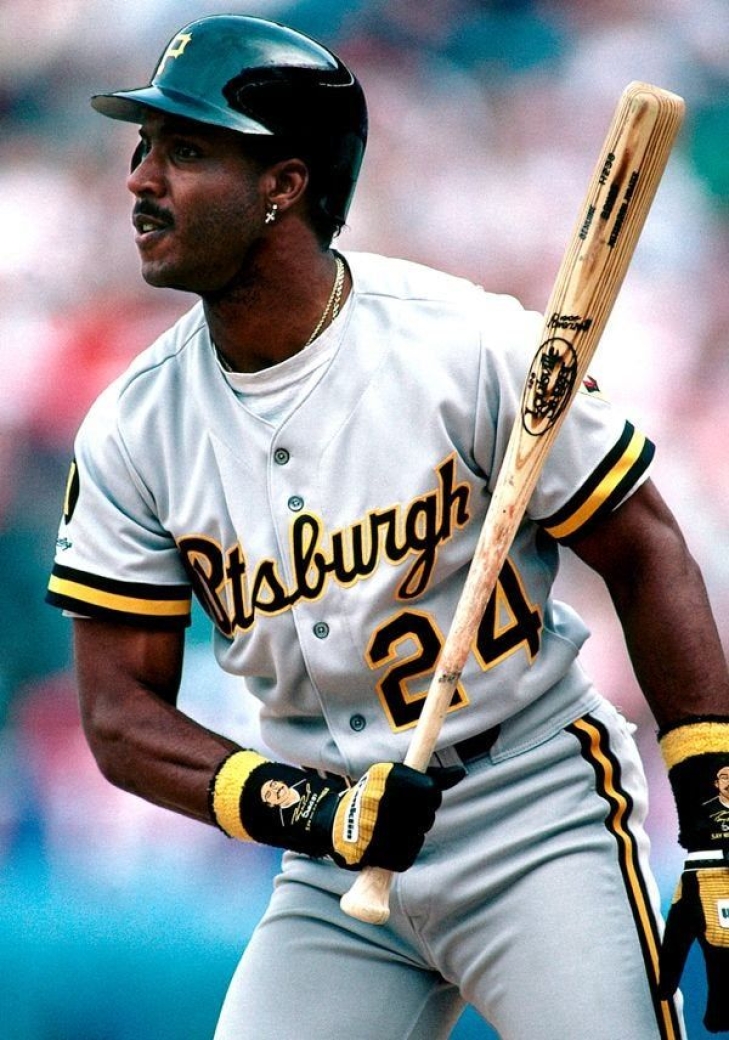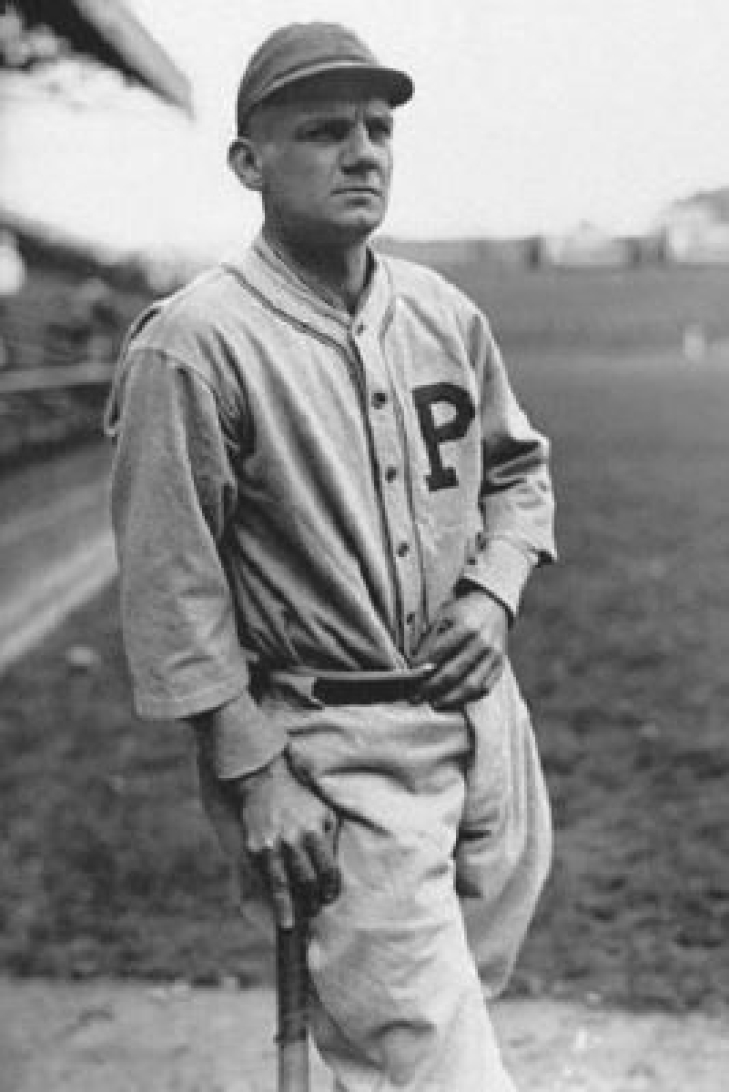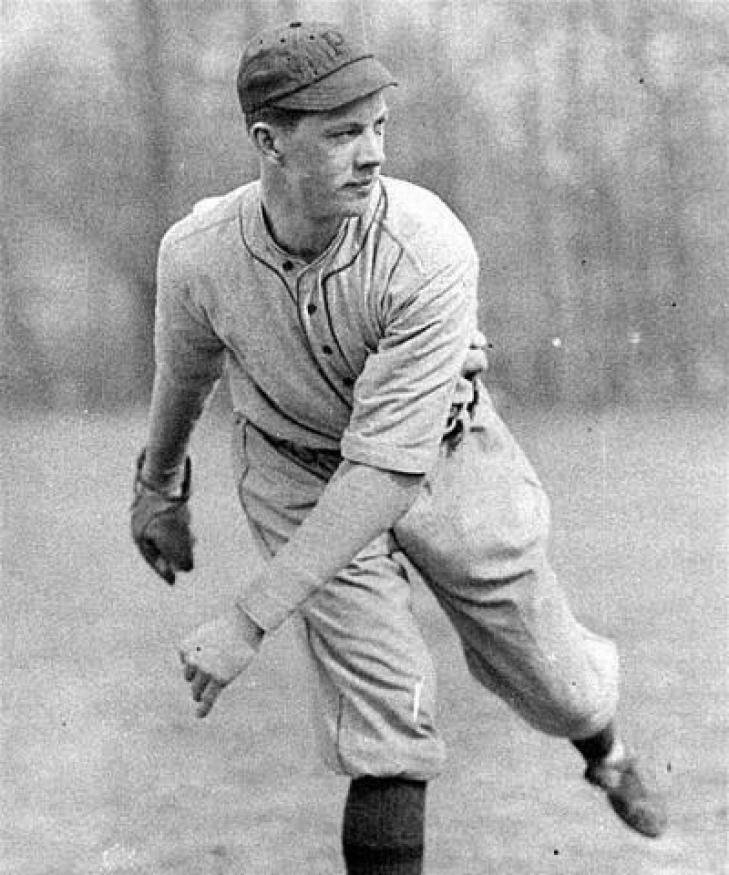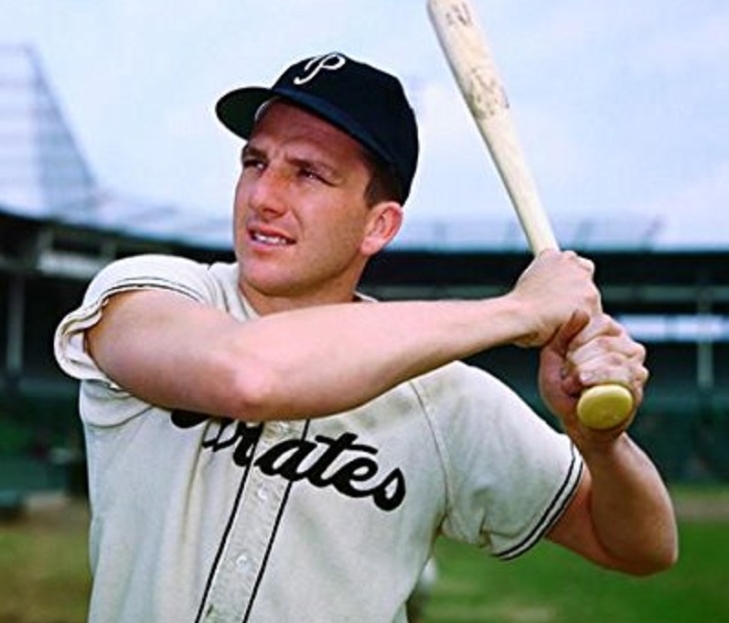
Committee Chairman
10. Barry Bonds
Barry Bonds might be one of the most controversial figures in baseball, but other than attitude, that wasn’t the story when he was a Pittsburgh Pirate.
A First Round Pick (Sixth Overall) in 1985, Barry Bonds had the pedigree of a superstar, as the son of Bobby Bonds. Bonds made it to the Pirates the following year, and began 1987 as a starter in Left. It was evident to anyone watching the Pirates that Bonds was a rare five-tool player, though it was equally apparent that he could be a handful for those who had to deal with him.
Bonds had good years from '87 to '89, but they underwhelmed compared to what was expected of him. This changed in 1990 when he finally made his first All-Star Game, led the NL in Slugging (.565), OPS (.970), and won his first Gold Glove and Silver Slugger. Bonds also won his first MVP and took the Pirates to the NLCS, a pattern that he repeated over the next two years.
The star had another great year in 1991, leading the NL in OBP (.410), with 25 Home Runs and 116 RBI, and was the runner-up for the MVP. Bonds followed that with his best season in Western Pennsylvania, securing a second MVP with 34 HR, 103 RBI, and a league-leading 127 Walks. Bonds also was first in the NL in OBP (.456), Slugging (.624), and OPS (1.080). The awards continued with a third Gold Glove and third Silver Slugger.
As great as he was, the Pirates fans and media were not enamored with Bonds, and with impending free agency, it was expected that the slugger would leave small-market Pittsburgh.
Bonds signed with San Francisco in1993, and he became the most feared offensive player, perhaps ever. Over his tenure in Pittsburgh, Bonds smacked 176 Home Runs, 556 RBI, with a Slash Line of .275/.380/.503. As of this writing, Bonds is the only two-time MVP in franchise history.
9. Max Carey
Max Carey made his Major League debut with the Pirates for a pair of Games in 1910, and while they did not know it then, they acquired the best base stealer in franchise history.
Carey played in the Outfield, where he would have likely won a few Gold Gloves had they existed when he played. Carey was not a power hitter but was a competent contact hitter, who batted over .300 six times, was a two-time leader in Walks, and collected 2,665 Hits over his career, most of which as a Pirate. Once Carey got on base, that was where the real magic began.
In 1913, Carey led the NL in Stolen Bases (61), and he would lead the league in this fleet-footed metric nine other times. Carey swiped 688 bags as a Pirate, which as of this writing, is a team record. In his last full year in Pittsburgh, Carey led Pittsburgh to a World Series win, though he was released during the following year following a conflict with management.
Carey was chosen by the Veterans Committee in 1961 for the Baseball Hall of Fame.
8. Wilbur Cooper
Although Wilbur Cooper is considered one of the best pitchers in the history of the Pittsburgh Pirates, it was so long ago, and his legacy is often forgotten. From 1917 to 1924, Cooper was at his best and regularly in the top ten in virtually every pitching category in the National League. He was the first left-hander in the NL to hit 200 wins, but his overall total in that department did not exceed much more than that.
Advanced metrics have given Cooper a bit more of a look again, but at the very least, he should be remembered with greater fondness in the Steel City than he is currently. Had he played for a World Series team, he probably would be.
7. Ralph Kiner
Of all of the phenomenal Home Run hitters that the game of Baseball has seen, only one of them led their league in going deep seven times in a row. That man is Ralph Kiner.
Kiner won his first Home Run crown as a rookie in 1946, albeit with only 23, but he also led the NL in Strikeouts (109) and had a Slugging Percentage of .430, which is not exactly a number befit for a Home Run titlist. As weird as it is to say, the numbers of the 1946 National League HR winner were an aberration and not a pattern.
Kiner won the HR crown with numbers over at least 40 in the next five wins, with two of them exceeding the magical 50 plateaux. The Leftfielder brought his Strikeouts down and increased his free passes, with three .400 OBP years and a league-lead in 1951 (.452). Kiner also won three Slugging Titles, three OPS Titles, led the NL in Walks three times, and from 1947 to 1951, and he finished in the top ten in MVP votes.
As good as Kiner was, the rest of the team was average or mediocre. Only once during the Kiner's time in Pittsburgh did they have a winning record, and for the most part, they were basement dwellers. There were salary disputes between Kiner and Pirates GM Branch Rickey, who allegedly told Kiner, "We finished last with you; we can finish last without you." Whether or not that was true, Rickey traded Kiner in a ten-player trade to the Cubs, though Kiner's career fell off quickly due to back problems, and he was out of baseball after 1955.
With the Pirates, Kiner smacked 301 Home Runs, 801 RBIs and had a Slash Line of .280/.405/.567.
Kiner would become a very successful broadcaster, and in 1975, on his 13th year on the ballot, he entered the Baseball Hall of Fame. The team would also retire his number 4 in 1987.





